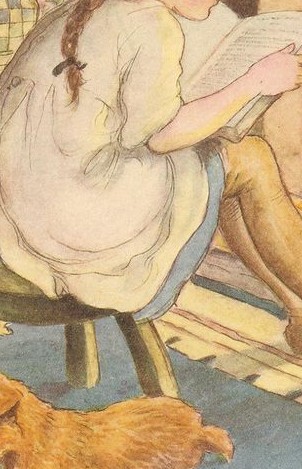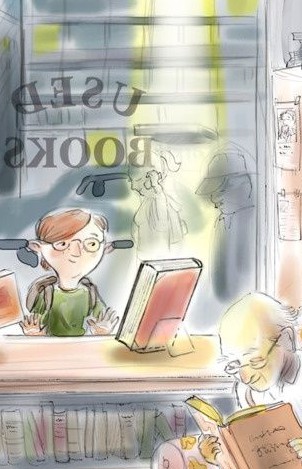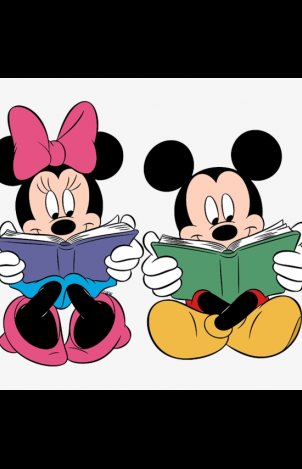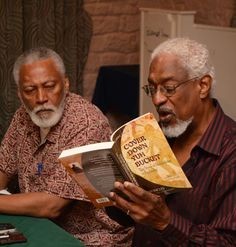Literacy Blogs
- All
- 3-cueing
- academic learning time
- academic vocabulary
- accommodations
- accountability testing
- Active View of Reading
- adolescent literacy
- afterschool programs
- alphabet
- amount of instruction
- amount of reading
- argument
- assessment
- auding
- author awareness
- automaticity
- balanced literacy
- beginning reading
- Book Buddies
- Book Flood
- challenging text
- classroom organization
- close reading
- coaching
- cohesion
- Common Core State Standards
- complex text
- comprehension strategies
- content area reading
- context analysis
- curriculum materials
- Daily 5
- decoding
- departmentalization
- DIBELS
- dictionary skills
- digital texts
- disciplinary literacy
- dyslexia
- early interventions
- effective teachers
- Emily Hanford
- executive function
- family literacy
- fingerpoint reading
- foundational skills
- graphic novels
- guided reading
- heterogeneous grouping of students
- homework
- improving reading achievement
- independent reading
- independent reading level
- informal reading inventories
- informational texts
- instructional level
- invented spelling
- jigsaw instruction
- knowledge
- leadership
- learning disabilities
- Lexiles
- linguistic comprehension
- listening comprehension
- literacy charities
- literacy policy
- literary interpretation
- main idea
- morphology
- motivation
- narrative text
- National Early Literacy Panel
- nonsense words
- oral language
- oral reading fluency
- paraphrasing
- Pause, Prompt, Praise (3P)
- personalized learning
- phonemes
- phonemic awareness
- phonics
- press and media
- principals
- prosody
- Readers' Workshop
- reading comprehension
- reading disabilities
- reading intervention
- reading levels
- reading models
- Reading Recovery
- reading research
- reading skills
- reading strategies
- reading to children
- reading wars
- reading-writing relations
- remedial reading
- rereading
- Response to Intervention
- Scarborough's Rope
- science of reading
- seatwork
- semantics
- sentence comprehension
- sequence of instruction
- set for consistency
- set for variability
- shared reading
- shared reading
- sight vocabulary
- simple view of reading
- Simple View of Reading
- small group instruction
- social studies
- sound walls
- Special Education
- speech-to-print phonics
- spelling
- stamina
- summarizing
- Sustained Silent Reading
- syllabication
- syntax
- syntax
- testing
- text complexity
- text interpretation
- text reading fluency
- text structure
- theme
- think-pair-share
- trauma
- visualization
- vocabulary
- word walls
- writing
- zone of proximal development (ZPD)
What Does It Take to Teach Inferencing?
Teacher question: I am reaching out to see if you can clarify for me and possibly point me in the direction of a resource(s) where I can read more about the differences between predicting, inferring, and drawing conclusions. Our curriculum was developed in house and is very skill/strategy based. In Virginia, our state tests operationalize reading in the following way: predicting is making an informed guess about what happens next using text evidence and schema inferring is reading "between the lines" to a given point in text using text and schema to understand what is happening in the text drawing conclusions is projecting forward using text ...
I'm a High School Reading Resource Teacher. What Should I Do?
Teacher question: I’ve been hired as a high school reading resource teacher. The school has a lot of commercially prepared intervention programs. Which ones would you use? Any other advice for me? Shanahan response: First things first. I’d look at my data to find out how far behind my students are. High school teachers often tell me that they have beginning readers in their classes, but when we look at the kids’ data, we find that just isn’t the case (most of the time). Not that these students read well. But most high school teachers aren’t equipped to distinguish a fourth-grade from a first-grade reader. Since both ...
Reading Stamina and Dividing Reading Texts for Classroom Discussion
Blast from the Past: This entry first appeared on July 10, 2021, and it was re-issued on July 15, 2023. Questions about this issue come up from time to time, so I thought this would be a good opportunity to re-release this blog entry. I know of no new research on this matter, though there are some dissertation studies that suggest kids aren't getting enough reading opportunity in class. Their solution seems to be that stamina is best built by having kids read self-selected books independently with a minimum of teacher guidance. They report that kids like this more than having ...
A Question I Hate: Should We Use Pictures (Embedded Mnemonics) When Teaching Phonics?
Teacher question: I teach kindergarten. Our school recently purchased the XXXX program for teaching decoding. I don’t like it as much as the program we had. One of the ways our previous program was better than XXXX is that it included pictures for each of the phonemes. The new program does not have those pictures and I think that is a real problem. Is there any evidence that I’m right that I could take to my principal? The other teachers agree with me. Shanahan response: I hate that question and I wish you hadn’t asked it. Oh, sure it’s a practical question. And as ...
My Middle School Requires Fluency Instruction: Help!
Teacher question: I am searching for what to do with repeated reading as a whole class, in every content area, in grades 6-8. Next year, we have 60% of our students at "at-risk" or "some risk" according to aReading (FastBridge). It recommends Repeated Reading for many of our students, so that will be our school-wide intervention: science, social studies, math, and ELA with grade-level text for every repeated reading we do in our classes. I'm torn on the grade-level text because we have kids who will not be able to read the text fluently at all. They will be reading with ...
What if there is no reading research on an issue?
Teacher’s question: I agree with you about the need for basing what we do on research. But what do you do for the things for which there is no or limited research? For example, what about Orton-Gillingham instruction, what is the best way to sequence phonemes for teaching, or how specifically should background knowledge be taught? What about research that is evolving so that we do things a certain way and then refine these (say with Ehri's & Gonzalez-Frey's recent work in SSR) -- what about all the time that we did the practice the other way? There are some topics with so ...
My Child Will Only Read Graphic Novels. Help.
Teacher question: My 8-year-old grandson is a second grader who's been reading quite a while now. However, his reading diet comprises almost exclusively graphic novels, some of them intended for much older children, and he has little to no interest in making the transition to text-only books. We were all so pleased that he was an early reader, but now it's very hard to unstick him from the graphic novels he's so fond of. I would love to know your thinking about this and what might be done to bring him to the larger world of books. Shanahan response: You’ve raised a great question ...
Should We Build a (Word) Wall or Not?
Teacher question: What are your thoughts about sound walls and word walls? I don't necessarily think these would replace a word wall...do you? The video and training can be found here for sounds walls: https://www.youtube.com/watch?v=vxV4Rq1F00M&feature=youtu.be My response was this: I think for oral language, phonemic awareness and phonics the sound walls are awesome, and very helpful visually for beginning readers to unlock how sounds, symbols and words are put together. I think these types of walls would be seen more in PreK, K and maybe 1st grade in the first semester. A word wall can be a broad term that can include multiple ...
Does Close Reading Reject the Science of Reading?
Teacher question: I recently read an article suggesting that the research findings on reading comprehension have been modified, distorted and ignored (Dewitz & Graves, 2021, https://doi.org/10.1002/rrq.389). What concerned me most is that close reading and the CCSS came under heavy fire. Although the article ends with suggestions for bridging the research to practice gap, it leaves practicing teachers using the CCSS wondering whether to modify their reading comprehension instruction and use of close reading. Since you have written about close reading and the CCSS in other blogs, what are your suggestions? Shanahan responds: This article claims that today’s reading comprehension instruction is not in ...
On Eating Elephants and Teaching Syllabication
Teacher Question: What are your thoughts on teaching syllable division patterns? I recently came across some new research from Devin Kearns and it made me start thinking about if all the time programs spend teaching syllable division patterns is really justified. If teaching syllable division is not time well invested, what type of instruction would you recommend replacing it with? Shanahan response: I was training for a 500-mile bike trip. Three of the days’ rides would be centuries (100 miles plus). The practice was making my back ache and my knees hurt, but I felt no closer to being able to accomplish those distances. They seemed absolutely impossible. I was ...
.jpg)







